
Our textbook

This course is an all around course on modern propulsion systems from all different types of airplane engines to all types of rocket engines. It teaches internal combustion engines, turbo prop, turbo fan, turbo jet, ramjet and scramjet type airplane engines. It also teaches the liquid, solid and hybrid types of rocket engines.
 |

|
We learned the basics of propulsion, thrust, specific impulse, mach numbers, velocities and fuel and oxidizers were discussed. Pressure, force and thrust equations were learned. Ideal gas laws were reviewed and problems were solved using these. Stagnation pressure and temperature, lift, and fluid mechanics such as separation and efficiencies were discussed.
We then learned all the air breathing aircraft engines. All the differences in power, thrust, efficiency, specific impulse and fuel economy were compared for the prop, turboprop, turbofan and turbojet engines. The excentricites of each and the complete cycles and pressures and temperatures were explored.
 |
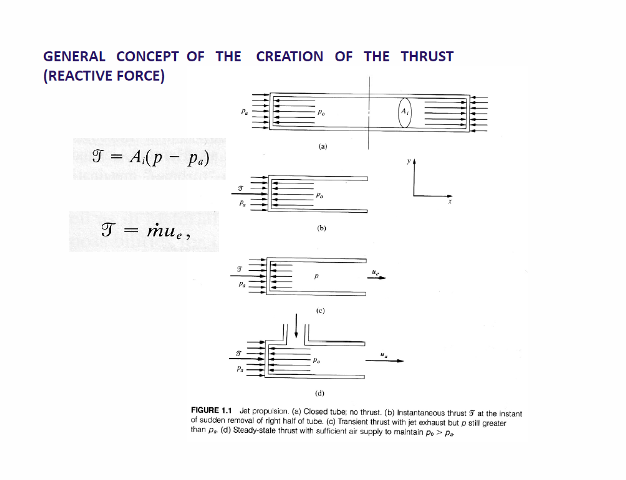 |
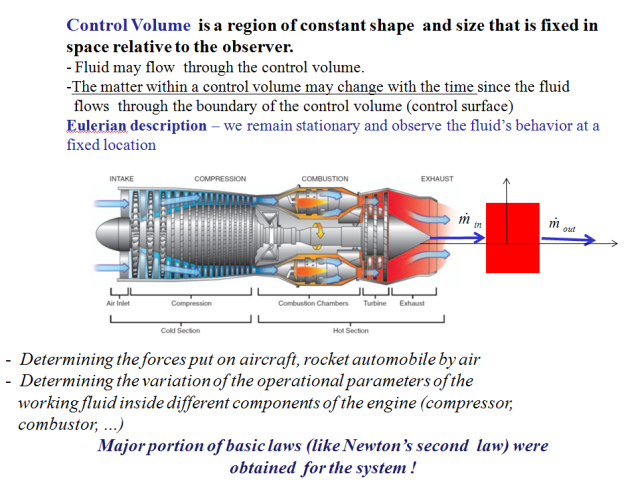 |
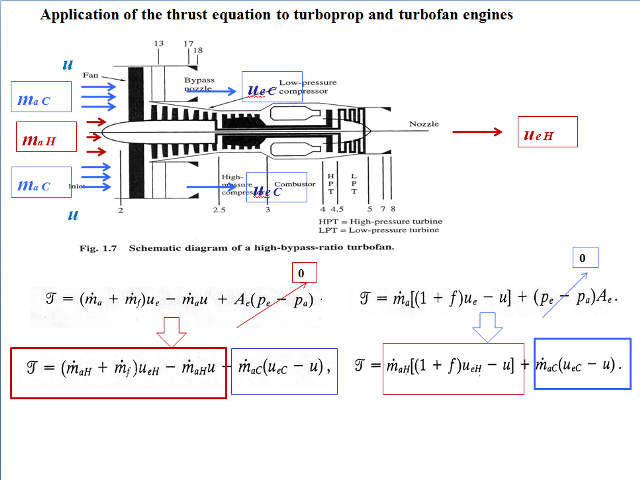 |
These are some random slides from lectures, each class was packed from beginning to end with theory first, and then solving practical problems using the theory learned. We then started getting into the thermodynamics of combustion and the thermodynamic cycles of all the engines. we learned to calculate all the pressures and temperatures exactly in each portion of the engine using the appropriate formulas.
We went into great detail about the chemical properties of combustion and were taught to compute the mass fractions and partial pressures in our combustion reactions with various fuels and oxidizers. We used the program "Chemical Workbench" to compute the EXACT values of all our products and temperatures and pressures involved. We did a long project on analyzing our combustion reaction with this program and graphed our reactants and products using different fuel to air ratios.
We then went into rocket theory, learned about basic types of rockets, their advantages and disadvantages and how they worked. We then learned how to calculate combustion chamber pressures and temperatures, rocket shape and design K values, ideal air fuel ratios. We learned about different designs over the years, thrust equations, nozzle shape and size calculations, throat and exit diameter characteristics and how that affected design. We did a six page paper on rocket theory.
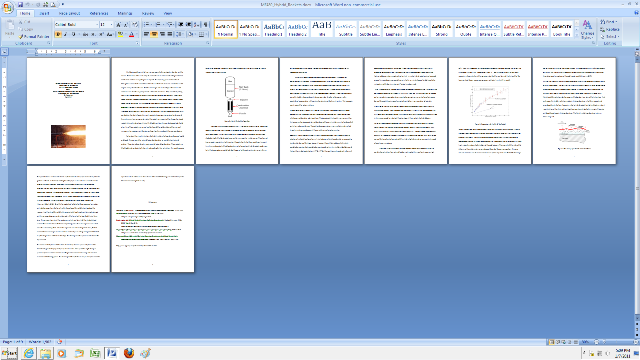 |
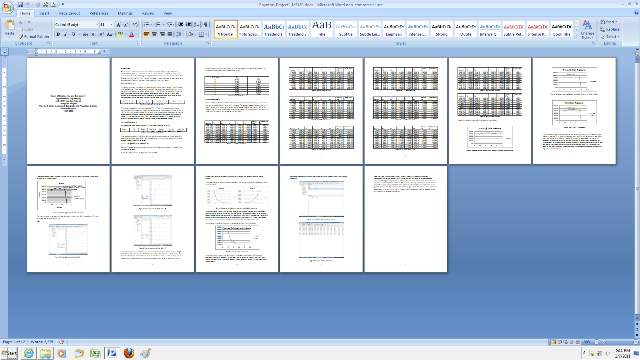
|
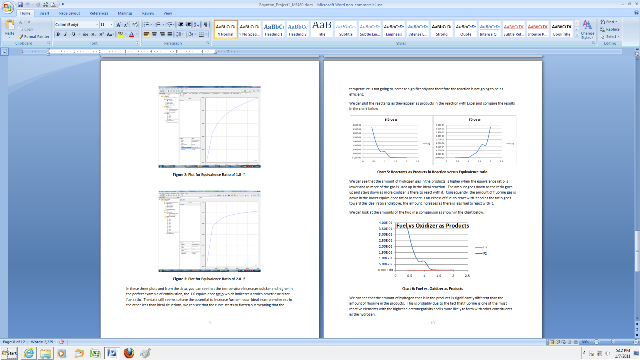 |

|
This course turned out to be a very interesting course on all types of propulsion systems, it served to strengthen my knowledge of the jet engine and rocket cycles which I had already learned in detail in Thermodynamics and Energy Conversion Systems and was a great help in my rocket studies for my senior project.